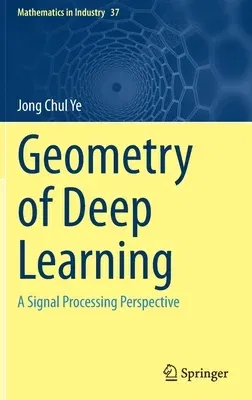The focus of this book is on providing students with insights into
geometry that can help them understand deep learning from a unified
perspective. Rather than describing deep learning as an implementation
technique, as is usually the case in many existing deep learning books,
here, deep learning is explained as an ultimate form of signal
processing techniques that can be imagined.
To support this claim, an overview of classical kernel machine learning
approaches is presented, and their advantages and limitations are
explained. Following a detailed explanation of the basic building blocks
of deep neural networks from a biological and algorithmic point of view,
the latest tools such as attention, normalization, Transformer, BERT,
GPT-3, and others are described. Here, too, the focus is on the fact
that in these heuristic approaches, there is an important, beautiful
geometric structure behind the intuition that enables a systematic
understanding. A unified geometric analysis to understand the working
mechanism of deep learning from high-dimensional geometry is offered.
Then, different forms of generative models like GAN, VAE, normalizing
flows, optimal transport, and so on are described from a unified
geometric perspective, showing that they actually come from statistical
distance-minimization problems.
Because this book contains up-to-date information from both a practical
and theoretical point of view, it can be used as an advanced deep
learning textbook in universities or as a reference source for
researchers interested in acquiring the latest deep learning algorithms
and their underlying principles. In addition, the book has been prepared
for a codeshare course for both engineering and mathematics students,
thus much of the content is interdisciplinary and will appeal to
students from both disciplines.

